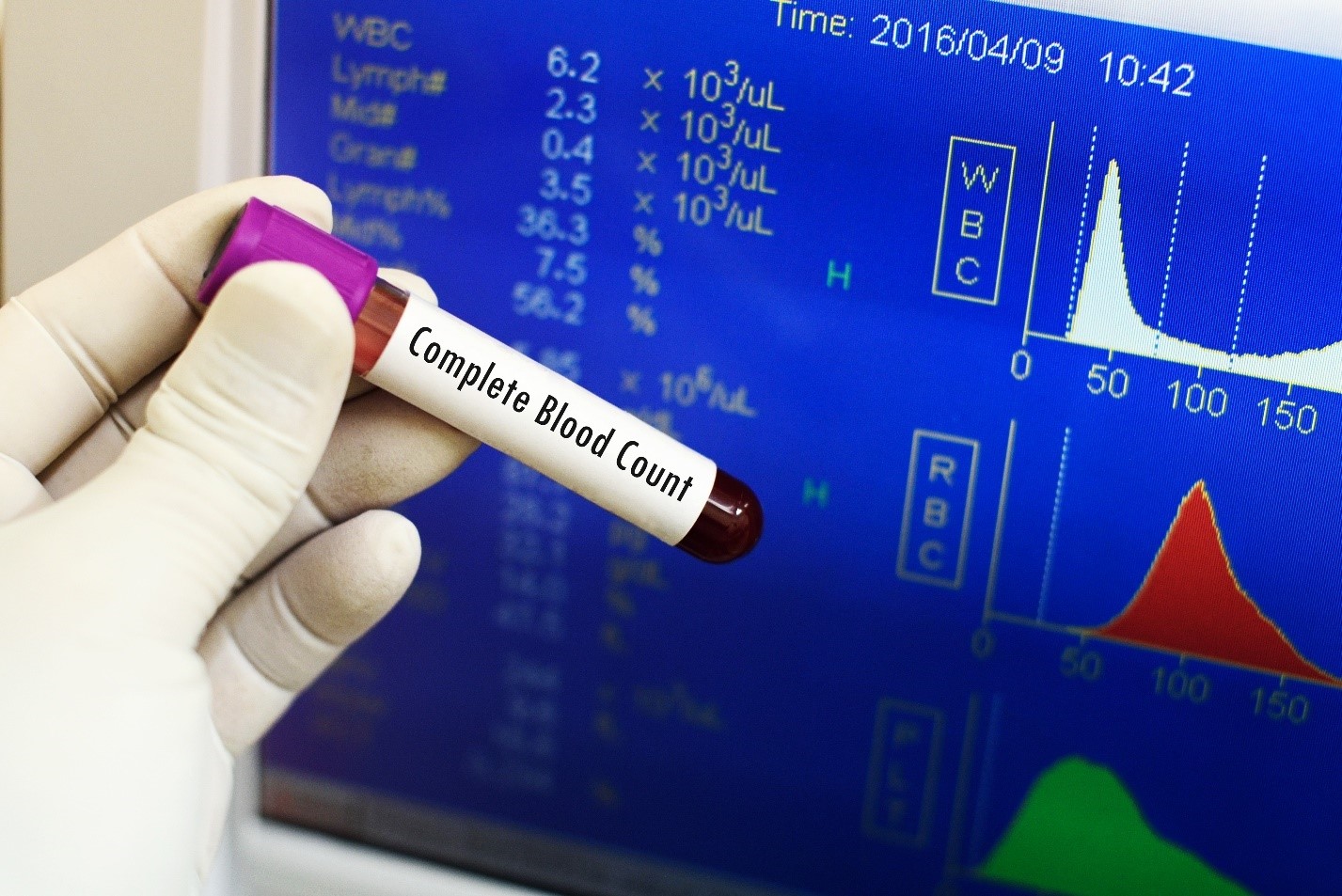A general blood test, also known as a clinical blood test, shows various health indicators based on its results. These results can suggest certain diseases, conditions, or disorders in the body. Only a doctor can fully interpret the results. The blood sample can be taken either from a finger or from a vein, with the latter being more reliable for adults as it avoids errors caused by tissue leukocyte release, which may distort results.
Indications for a General Blood Test: This test is used to assess the overall health of the body, particularly when there are signs of disease. It is commonly used to diagnose conditions like:
- Anemia (usually iron-deficiency anemia)
- Allergies
- Autoimmune diseases
- Inflammatory processes
- Infections (bacterial, viral, fungal)
- Cancer, blood clotting disorders, and other blood pathologies.
Although a general blood test may not always provide a definitive diagnosis, it helps narrow down potential issues. Based on the results, the doctor might recommend more specialized tests.
A general blood test is also important for preventative health care and is recommended at least once a year. Often, abnormalities detected in a blood test may not show external symptoms but can be an early warning. Early detection helps in managing the condition more easily.
What the Test Reveals: The general blood test provides an array of information, primarily the number of specific blood cells, measured in Latin terms or abbreviations:
- 40-50% of blood consists of formed elements, which are the main indicators in the test. The three primary types of blood cells measured are:
- Erythrocytes (RBC) or red blood cells
- Leukocytes (WBC) or white blood cells
- Platelets (PLT)
Erythrocytes and Related Indicators: Erythrocytes carry hemoglobin, delivering oxygen and carbon dioxide. A reduced count, including low hemoglobin, indicates anemia, which can be a symptom of many diseases. Increased erythrocytes (erythrocytosis) can be caused by conditions like:
- Acute poisoning
- Acidosis (increased acidity in the blood)
- Fluid loss from physical exertion, illness, or heat
- Oxygen deprivation
- Blood disorders like leukemia
- Chronic lung diseases
- Congenital heart defects
Erythrocytosis can be absolute (due to oxygen deprivation) or relative (due to blood thickening). When the erythrocyte count is low, it is termed erythropenia, which can be absolute (due to decreased production or increased destruction of red blood cells) or relative (due to blood dilution).
The hematocrit (HCT) measures the percentage of red blood cells in the total blood volume. Increased hematocrit indicates dehydration, oxygen deprivation, or conditions like hypoadrenocorticism (adrenal insufficiency). A decreased hematocrit can suggest anemia or hyperhydration.
Leukocytes: Leukocytes are responsible for protecting the body from foreign invaders. They are classified into five types, with a formula used to count each:
- Granular leukocytes: basophils, neutrophils (increased in bacterial infections), eosinophils
- Agranular leukocytes: lymphocytes (increased in viral infections), monocytes
An increased leukocyte count is called leukocytosis, which can occur with various conditions such as:
- Allergic reactions
- Anemia
- Infections (usually bacterial or viral)
- Inflammation
- Necrosis (tissue death)
- Leukemia
- Post-surgical recovery
A low leukocyte count can be caused by infections, bone marrow issues, autoimmune disorders, kidney failure, or certain medications.
Platelets: Platelets are the smallest blood cells and are crucial for blood clotting. The number of platelets can fluctuate based on factors like menstruation, pregnancy, and various diseases. A low platelet count can indicate an increased risk of bleeding, while a high count may occur after physical exertion or in conditions such as:
- Corticosteroid use
- Inflammatory processes
- Splenectomy (spleen removal)
- Hemolytic anemia
Preparation for the General Blood Test: To ensure accurate results, it is important to follow these preparation guidelines:
- Avoid fatty, sweet foods and alcohol the day before the test.
- Do not undergo diagnostic procedures like ultrasound, MRI, or X-rays 24 hours prior.
- Avoid exercise and stress the day before.
- Refrain from eating for 8-10 hours before the test, but water is allowed.
- Notify the doctor about any medications being taken, as they may affect the results.
Only a doctor can accurately interpret the results of a general blood test.
